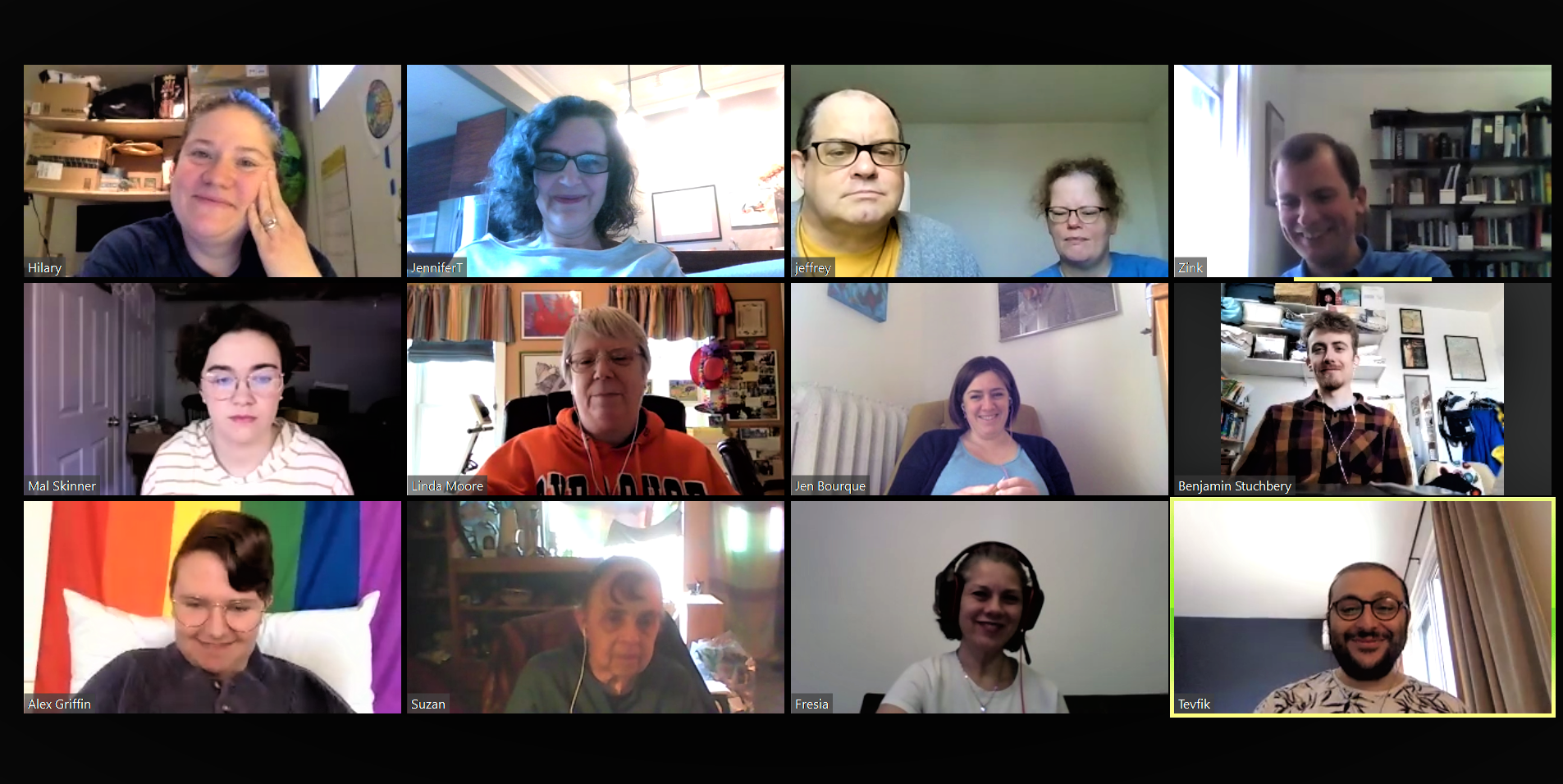 When the online course “Liturgy and Context: Anglican Worship in Perspective” began in January, the Rev. Dr. Hilary Bogert-Winkler had a clear plan: students would study the history of the Book of Common Prayer for the first half of semester, then turn to its modern descendants in Canada and the United States. They would finish by comparing these prayer books with the 2004 Book of Common Prayer from the Church of Ireland and have a larger discussion open table and communion of the baptized. These lessons were meant to give students an appreciation and understanding for the history and theology of the Book of Common Prayer, and the ability to think critically about current debates in liturgical studies.
When the online course “Liturgy and Context: Anglican Worship in Perspective” began in January, the Rev. Dr. Hilary Bogert-Winkler had a clear plan: students would study the history of the Book of Common Prayer for the first half of semester, then turn to its modern descendants in Canada and the United States. They would finish by comparing these prayer books with the 2004 Book of Common Prayer from the Church of Ireland and have a larger discussion open table and communion of the baptized. These lessons were meant to give students an appreciation and understanding for the history and theology of the Book of Common Prayer, and the ability to think critically about current debates in liturgical studies.
But by mid-March, it was clear that while the online format was entirely appropriate, the course focus needed to shift – to liturgical concerns in an age of pandemic and physical distancing.
Week by week the recommendations for Sunday worship changed – and so did the questions asked by liturgical leaders throughout the Anglican world. Is it acceptable for the celebrant alone to receive the bread and wine at the Eucharist? Can the Eucharist be celebrated over Zoom in an empty church? Does Anglicanism allow for virtual consecration of the elements, in which church members have bread and wine in their own houses, consecrated at a distance by the celebrant online? And then: What are the major differences between the Daily Office and Antecommunion and what are the reasons for using one or the other?
Such questions filled the remainder of the semester. For the final project, students were tasked with creating a real or imaginary Holy Week service for their congregation, respecting local guidelines. This enabled them to think not only about the practical realities of online worship, but also the underlying theology of the Holy Week services.
Students dealt with the realities of their communities. Some have congregations with enough technological ability to include music played by the church organist in their online services. Others are in more rural communities, where internet connections aren’t dependable, and many parishioners rely on phones rather than email to keep in touch.
Students rose to the challenges, creating Holy Week liturgies that allowed for some experience of this most sacred of weeks. One student created a service that followed applicable in-person gathering guidelines but kept members apart in the church building. A couple of students looked to the ancient service of Tenebrae, with one introducing his community to this service and making it a form of liturgical outreach. Another used sounds, images, and readings related to the pandemic, interwoven with the traditional psalms and readings. Other students looked to the Great Vigil of Easter, combining the liturgy of the Word with the practice of spiritual communion to create as close an approximation to an in-person vigil as possible.
A frequent refrain in clergy circles has been, “No one taught me in seminary how to hold worship via Zoom!” Thankfully, some students have now had the opportunity to think critically on this subject and to bring that work into their parishes as we continue to work together while remaining apart.
This article is part of our 2019-2020 Year in Review publication. If you would like a printed copy, drop us a line at [email protected].

